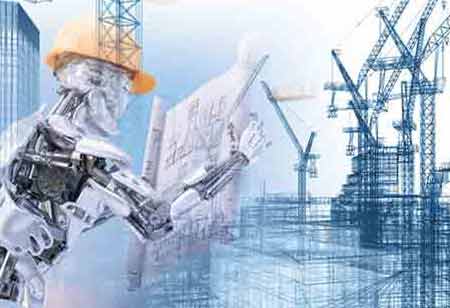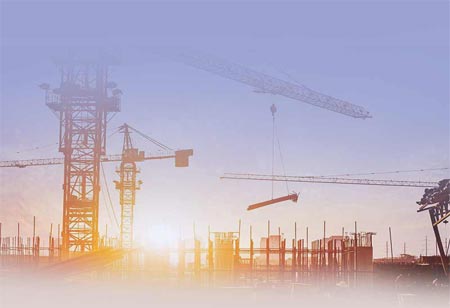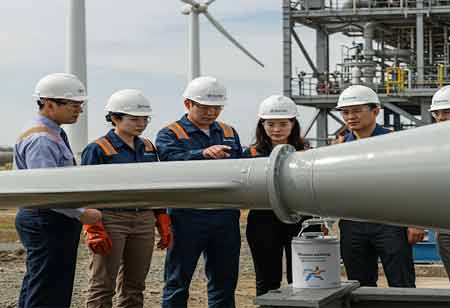Thank you for Subscribing to Construction Business Review Weekly Brief
Specials
- Apartment and Condominium Contractors Canada
- Decking Canada
- Architectural Glass Europe
- MEP APAC
- Construction Saudi Arabia
- German Apartment and Condominium Contractors
- Construction Law APAC
- Outdoor Construction
- Foundation Construction Canada
- MEP Canada
- Kitchen and Bath
- Cold Storage Construction APAC
- Precast Concrete Europe
- Construction Staffing Europe
- Pre-Construction Services
- Flooring System APAC
- Scaffolding Canada
- Swimming Pool Construction Canada
- Construction Management Canada
- Cold Storage Construction Canada
- Flooring Systems Europe
- Residential Construction
- Concrete Canada
- Construction Cladding Europe
- Construction Cladding APAC
- Concretes, Aggregates and Construction Materials APAC
- Concretes, Aggregates and Construction Materials Europe
- Commercial Contractors Europe
- Commercial Contractors APAC
- Dummy
- Construction Insulation, Coating and Waterproofing
- Construction Management APAC
- Landscaping Canada
- Construction Coating Europe
- Construction Tech Startups Europe
- Insulation Services Europe
- Mechanical Contractor Canada
- Mould Remediation and Testing Europe
- Swimming Pool Construction APAC
- Building Sealing Solutions Europe
- Construction Engineering Services
- Mechanical Electrical and Plumbing
- Roofing Systems Europe
- Architectural Glass APAC
- Startups APAC
- Construction Forensic and Owners Representative
- Flooring System
- Waterproofing APAC
- Wall Systems
- Safety and Compliance Europe
- Construction Equipment
- Modular and Prefab Construction
- Architectural Glass
- Construction MENA
- Construction Demolition and Recycling Europe
- Modular Construction Europe
- Construction Interiors
- Steel Building APAC
- HVAC
- Doors and windows
- Modular Construction APAC
- Building Information Modeling APAC
- Sustainable Construction APAC
- Building Restoration and Maintenance
- Commercial Contractors
- Specialty Construction
- Construction Engineering Canada
- Construction Engineering MENA
- Modular Construction Canada
- Construction Demolition Canada
- Roofing and Siding Systems
- Construction Latam
- Construction Staffing
- Roofing Systems APAC
- Construction Consulting
- Steel Building Europe
- Construction Demolition and Recycling APAC
- Safety and Compliance APAC
- Concretes, Aggregates and Construction Materials
- Construction Cladding
The Benefits And Drawbacks Of Different Building Demolition Techniques
Building demolition is a complicated procedure that uses a variety of approaches to accomplish the same goal. The location size will determine the most efficient system and structural composition of the structure to be demolished

By
Construction Business Review | Sunday, March 21, 2021
Stay ahead of the industry with exclusive feature stories on the top companies, expert insights and the latest news delivered straight to your inbox. Subscribe today.
Selective demolition is almost the only way to repurpose a building's structure, but it's a labor-intensive and time-consuming procedure that could expose workers to toxic materials.
Fremont, CA: Building demolition is a complicated procedure that uses a variety of approaches to accomplish the same goal. The location size will determine the most efficient system and structural composition of the structure to be demolished. Here's a rundown of the most prevalent building demolition methods, along with the benefits and drawbacks that will help you decide which is best for your job.
Ball of Wreckage
One of the oldest and most well-known techniques is wrecking ball demolition. Concrete and masonry constructions are highly useful for wrecking ball demolition because these materials crumble rather than dent like metal when struck by the ball. Wrecking balls are a popular choice for buildings with a lot of asbestos since they reduce the quantity of asbestos.
While wrecking balls have various advantages, their use necessitates the use of a highly skilled operator. If the ball swings past the intended goal, careful management of the ball are required to keep the crane from tipping. Even the most trained operators cannot achieve the same level of precision as other demolition methods, and the enormous working space necessary makes this method impossible to use in densely populated regions or near power lines.
Arm with a Long Reach
For skyscrapers and other exceptionally massive structures, high-reach arm destruction is frequently the best option.





